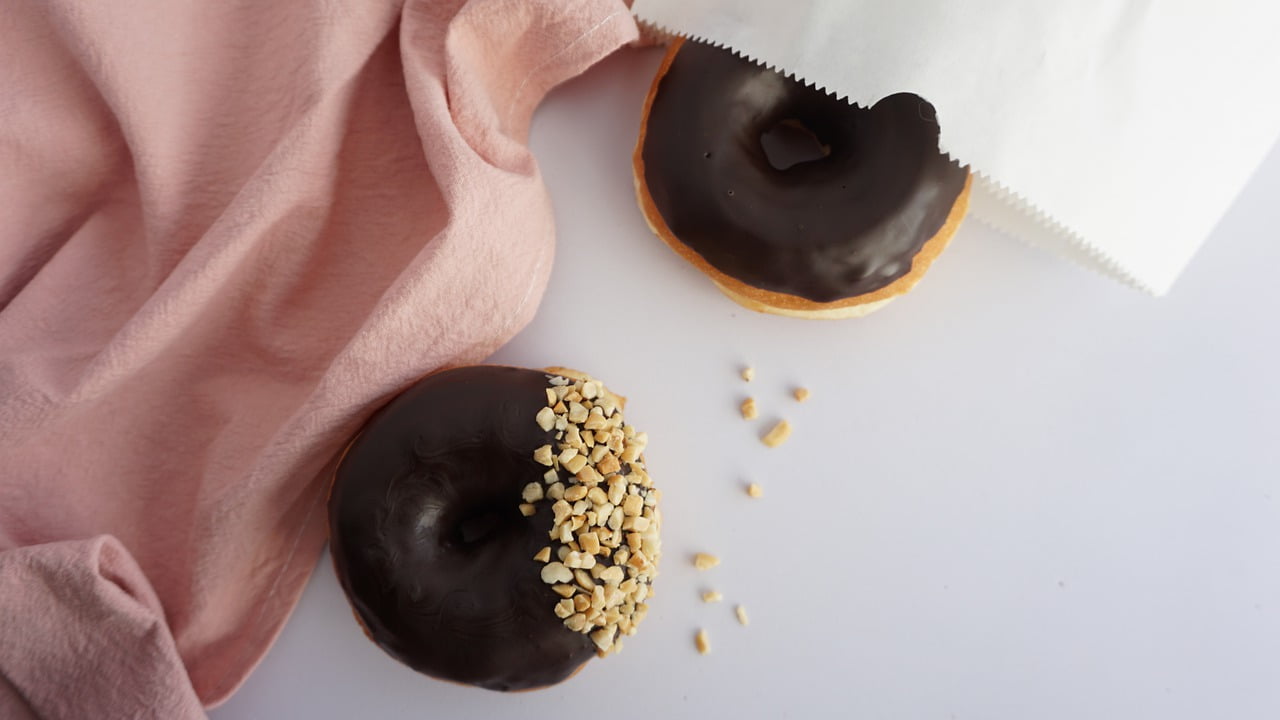
Do you have sweet tooth genes?
If you’ve been trying to cut down on sugar intake by replacing it with artificial sweeteners, beware of their potential side effects.
Trying Body Ecology’s popular plant-based sweetener — that’s also diabetic-safe and has zero calories — may just change the way you eat.
It’s estimated that the average American consumes anywhere from 50 to more than 150 pounds of sugar each year, depending on the source. And because of this, we’ve seen a rise in diabetes, heart disease, stroke, and other chronic illnesses.1
We know, of course, that sugar is addictive: If you have something sweet today, the memory centers in your brain remember that it gave your energy, and you’ll want it again tomorrow.
But did you ever think about having sweet tooth genes and how there may be genetic reasons why you love sugary treats?
What’s behind your sweet tooth?
Nutritional studies have found that a person’s degree of preference for sugary foods can be genetically determined.2,3 TAS1R2 and TAS1R3 are two receptor genes that are inherited.
In studies when the TAS1R23 and TAS1R3 receptor genes were turned off in mice, their desire to eat and drink sweet, sugary food nearly disappeared.4
So, does snacking on sweet foods run in your family? Do you dislike bitter-tasting veggies of the cruciferous variety?
- Genetic factors may influence your preference for bitter-tasting foods.
- The gene TAS2R38 is the bitterness receptor in humans. Note the slight difference in the numbers after the R.
- Studies have demonstrated that the TAS2R38 gene can influence children’s sugar intake.5,6 If they favor bitter foods, like broccoli, kale, Brussels sprouts, and arugula, they will avoid sweeter-tasting foods.
Indeed your genes can directly influence your sweet taste and how your taste receptors process sugary foods.
Because we know sugar is harmful, many people have turned to artificial sweeteners, and some have been eating and drinking them for decades. Are you still using aspartame and Splenda to feed your sweet tooth?
Fortunately, today there are better choices. Instead, try including certain sugar alternatives — not to be confused with artificial sweeteners — to help satisfy that sweet tooth gene.
Additionally, along with cultured foods, adding the right prebiotics and probiotics into a diet can be game-changing for anyone trying to live a healthier life or to conquer chronic health conditions.
Which natural sweeteners are worth using?
Donna Gates spent years introducing stevia to tens of thousands of Americans during the years the FDA banned importation into the U.S. She knew how vital it was for us (and especially our children) to have a safe, sweet-tasting sugar substitute that didn’t feed fungal infections or raise blood sugar.
In those earlier days, there were no delicious examples of stevia. It was an unpopular herb because of the strong licorice-like aftertaste of the crude green leaf.
Body Ecology began offering stevia in a white powder that was an extract of the two sweet elements in stevia: rebaudioside and stevioside. We encouraged thousands of our customers to contact the FDA and request that stevia be given GRAS (Generally Regarded As Safe) approval as a sweetener.
The FDA received constant phone calls, and two-and-a-half years later when the SunRider Company filed a formal petition, the FDA lifted the ban, allowing stevia to be sold but only as a dietary supplement.
The job was far from over, however, since Americans really had no idea of how to use this new white powder. Donna, knowing that there was a “learning curve” to a sugar substitute that was nothing like sugar, developed recipes and co-authored a cookbook with Dr. Ray Sahalian called STEVIA: Cooking with Nature’s Calorie-Free Sweetener.7
Because stevia is hundreds of times sweeter than sugar, most people found the fluffy white powder difficult to work with, so Body Ecology introduced the first higher quality Reb-A liquid concentrate.
Now, we’ve advanced our formulation even further to create a special blend of the all-natural sweeteners stevia, allulose, and monk fruit, available in a liquid or in a powder for baking.
Even though allulose, stevia, and monk fruit are among the best natural sweeteners, here at Body Ecology, we always like to note that most everything has a front and a back to it. These plant-based sweeteners have some great benefits for many people. However, it’s always smart to try a new natural sweetener and see how it impacts your uniqueness — namely, how it affects your digestion and how it makes you feel.
Body Ecology’s BE Sweet sweeteners are:
- All-natural
- Calorie-free
- As sweet as sugar (and can be used as a one-to-one sugar substitute)
- Smooth-tasting and without aftertaste
- Less likely to feed candida
- Well-tolerated and unlikely to cause digestive troubles
BE Sweet may have great appeal if you:
- Are looking for a great-tasting, calorie-free, natural sweetener
- Follow a low-glycemic diet
- Have candida or other fungal and bacterial infections
- Have diabetes or need support in controlling blood sugar
- Like a sweet taste but don’t want the side effects of artificial sweeteners
- Want to minimize sugar’s effects on your body
You may just find that BE Sweet is a great complement to the Body Ecology System of Health and Healing and can help you reach your wellness goals — without giving up your sweet tooth.
REFERENCES:
- 1. Siyi Shangguan, Dariush Mozaffarian, Stephen Sy, Yujin Lee, Junxiu Liu, Parke E. Wilde, Andrea L. Sharkey, Erin A. Dowling, Matti Marklund, Shafika Abrahams-Gessel, Thomas A. Gaziano, Renata Micha. Health Impact and Cost-Effectiveness of Achieving the National Salt and Sugar Reduction Initiative Voluntary Sugar Reduction Targets in the United States: A Micro-Simulation Study. Circulation, 2021; DOI: 10.1161/CIRCULATIONAHA.121.053678.
- 2. Liao J, Schultz PG. Three sweet receptor genes are in human chromosome 1. Mamm Genome. 2003 May;14(5):291-301. doi: 10.1007/s00335-002-2233-0. PMID: 12856281.
- 3. Bachmanov AA, Li X, Reed DR, et al. Positional cloning of the mouse saccharin preference (Sac) locus. Chem Senses. 2001;26(7):925-933. doi:10.1093/chemse/26.7.925.
- 4. Damak S, Rong M, Yasumatsu K, Kokrashvili Z, Varadarajan V, Zou S, Jiang P, Ninomiya Y, Margolskee RF. Detection of sweet and umami taste in the absence of taste receptor T1r3. Science. 2003 Aug 8;301(5634):850-3. doi: 10.1126/science.1087155. Epub 2003 Jul 17. PMID: 12869700.
- 5. Okoro EO, Brisibe F, Jolayemi ET, Hadizath Taimagari G. Taste sensitivity to sodium chloride and sucrose in a group of adolescent children in Northern Nigeria. Ethn Dis. 2000 Winter;10(1):53-9. PMID: 10764130.
- 6. Pawellek I, Grote V, Rzehak P, et al. “Association of TAS2R38 variants with sweet food intake in children aged 1-6 years.” Appetite. 2016;107:126-134. See also: Mennella JA, Pepino MY, Reed DR. Genetic and environmental determinants of bitter perception and sweet preferences. Pediatrics. 2005;115(2).
- 7. Sahelian, R., & Gates, D. (1999). The Stevia Cookbook: Cooking with Nature’s Calorie-Free Sweetener. Avery.










